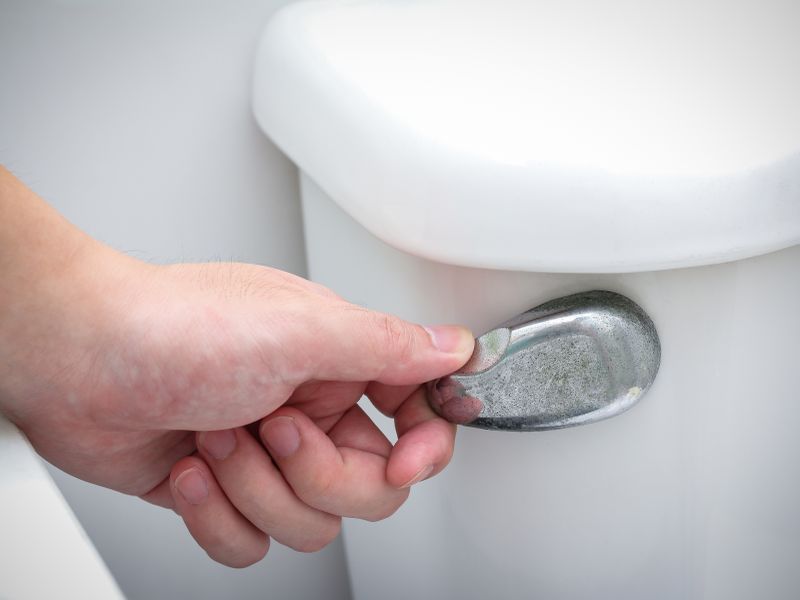MONDAY, March 8, 2021 (HealthDay News) — Many women with pelvic organ prolapse may get lasting relief from a treatment that’s been around for a few thousand years, a new study suggests.
With pelvic organ prolapse (POP), weakened muscles and supporting tissue in the pelvis allow one or more organs — including the uterus, bladder or rectum — to protrude into the vagina.
Often, women with the condition do not have symptoms and don’t need treatment, while more severe cases may require surgery to restore support to the pelvic organs. Another option to provide that support is a pessary, a device that’s inserted into the vagina.
Versions of the pessary have been used for centuries, yet there has been little research on the long-term effectiveness.
In the new study, Chinese researchers led by Dr. Lan Zhu, from the department of obstetrics and gynecology at Peking Union Medical College in Beijing, found that three-quarters of women given pessaries to treat POP were still getting symptom relief five years later.
The findings, published recently in the journal Menopause, are based on just 239 patients. But almost all had stage 3 or 4 POP, where the pelvic organs have dropped to or beyond the opening of the vagina.
The symptoms can include not only pressure and pain, but also urinary problems like leakage or difficulty voiding.
Considering that, the outcomes in this study are “pretty convincing,” said Dr. Stephanie Faubion.
Faubion, who was not involved in the study, is medical director of The North American Menopause Society and director of the Mayo Clinic’s Center for Women’s Health.
“I think this is a great conservative option,” she said. “There’s little downside to trying it.”
Kegel exercises, which help strengthen the muscles of the pelvic floor, may also ease symptoms. And Faubion said that even if women are using a pessary, learning Kegels is a good idea.
Pessaries are medical-grade silicon devices that come in various shapes and sizes, explained Cassandra Shaw, a urogynecology nurse practitioner at Duke Health, in Durham, N.C.
The devices do require care, she pointed out. They have to be removed and cleaned, and replaced at intervals. And if women cannot do that on their own — either because of the type of pessary, or difficulty managing it — that would mean more frequent visits to their provider.
And that could dim their satisfaction with the option, Shaw noted.
On the other hand, pessaries are a generally safe option; Shaw said complications are “rare.”
When they do happen, they include ulcerations of the vaginal tissue and bleeding. The odds of those problems can be minimized, Shaw said, if women use vaginal moisturizers or estrogen creams to protect thinning tissue from becoming irritated.
In this study, she noted, women were prescribed estrogen creams, unless there was a medical reason to avoid them.
The study included 265 women who were 69, on average, and had a “successful” pessary fitting to manage POP. (In another 47 women, the fitting failed, usually because patients found it uncomfortable or the device failed to stay in place.)
The findings show that pessaries are an “effective and safe long-term management option,” Shaw said.
Certain factors did lower the likelihood of long-term success: Women whose urinary symptoms were not improved after three months were less likely to stick with the devices.
“There are pessaries specifically for stress urinary incontinence that can support the urethra and provide relief,” Shaw pointed out.
But, she added, those devices may or may not do the trick, depending on the degree of prolapse.
For some women, Shaw noted, the pessary can actually “unmask” previously unrecognized urinary incontinence: Sometimes the prolapsed tissue obstructs the urethra, the duct through which urine moves out of the bladder. So once those prolapsed tissues are supported by the pessary, the incontinence becomes apparent.
All in all, though, both experts said the conservative route is worth trying.
“Surgery is not fool-proof, either,” Faubion pointed out. It carries potential long-term risks, including incontinence and pain during sex.
More information
The American College of Obstetricians and Gynecologists has more on pelvic organ prolapse.
SOURCES: Stephanie Faubion, MD, medical director, The North American Menopause Society, Pepper Pike, Ohio, and director, Center for Women’s Health, Mayo Clinic, Rochester, Minn./Jacksonville, Fla.; Cassandra Shaw, WHNP, nurse practitioner, urogynecology, Duke Health, Durham, N.C.; Menopause, Feb. 24, 2021, online
Copyright © 2025 HealthDay. All rights reserved.

